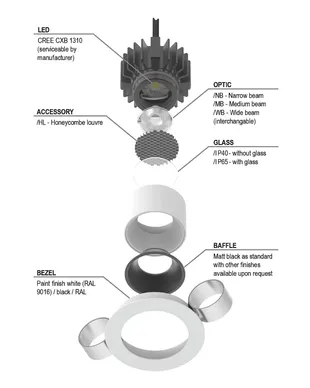Lighting Control Systems make good lighting schemes more efficient in a number of ways. When you dim a circuit electronically you reduce the amount of power used by that circuit. There’s an almost linear relationship. Dim a circuit by 10%, you use almost 10% less power, dim a circuit by 25% and you’ll save about 20%. So that’s an obvious benefit.
The other less visible benefit (literally) is the fact that the human eye really doesn’t see the differences in light levels near maximum brightness. You can use that to your advantage. When we program lighting control systems we rarely program a circuit to be on at more than 90%. Your eyes won’t see the difference but you’ll be enjoying reduced energy usage even on your brightest settings.
The third energy-efficiency benefit of lighting control systems links back to the relationship between lighting control systems and good lighting design. “Scenes” light the features or areas you want to light and downplay the things you want to de-emphasise. If you’re lighting selected areas or features rather than blanket lighting the whole space then you will be using less lighting. That’s a function of good lighting design but using lighting control systems to recall scenes makes it more accessible.
